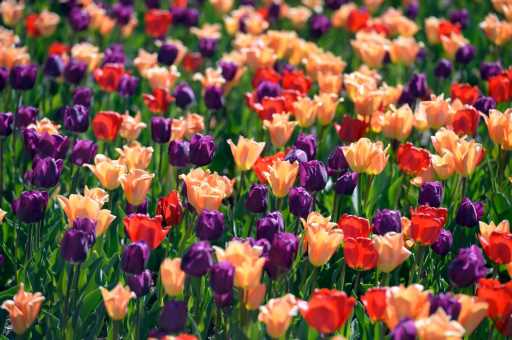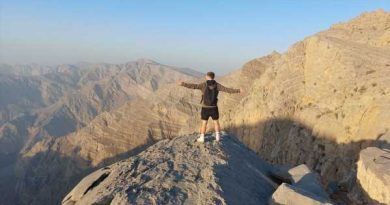When is the first day of spring 2022? Here’s the exact time the seasons change in Denver.
As you no doubt have heard, Sunday marks the beginning of spring, which is determined by the vernal equinox. But what does that mean, exactly?
Equinoxes occur twice a year, marking the onset of spring and fall, when the apparent path of the sun as observed from Earth crosses the equator. Around the vernal (spring) and autumnal equinoxes, there are roughly 12 hours of sunlight, but not exactly. Denver actually had 12 hours and one minute of sunlight this past Thursday. The equinox will occur Sunday at 9:33 a.m., Denver time, and on that day Denver will have 12 hours and 9 minutes of sunlight.
Confused? One reason is that astronomers define sunrise as the moment when the top of the sun peeks over the horizon, and sunset is defined as the moment when the last of the sun disappears below the horizon.
“Because the sun is a half a degree in diameter, this adds extra minutes of ‘daylight,’ even though it is not full-sun daylight,” explained John Keller, director of the Fiske Planetarium at the University of Colorado. “Additionally, sunlight refracts (bends) through the atmosphere, so the sun is actually still below the horizon when its light refracts above the horizon and can be seen. Both of these factors contribute to slightly more than 12 hours of sunlight on the equinoxes.”
The autumnal equinox will occur on Sept. 22.
Our days have been getting longer since Dec. 21, the winter solstice, which is the shortest day of the year. They will continue to get longer until the summer solstice on June 21, the longest day of the year, when Denver will have 14 hours and 15 minutes of sunlight. After that, the days will get shorter until the next winter solstice.
“As the Earth continues in its orbit around the sun (after the summer solstice), the sun will gradually appear to move further and further south in the sky,” said Ka Chun Yu, space sciences curator at the Denver Museum of Nature & Science. “This is not something the sun is doing in space. It’s the fact that as the Earth moves around the sun, and the Earth is inclined (tilted) relative to its orbit, the position of the sun appears to change. At the equinoxes, if you were on the equator, the sun would appear (directly) overhead.”
The timing of Easter is related to the vernal equinox. By ecclesiastical tradition, Easter falls on the first Sunday after the first full moon that follows the vernal equinox, which can vary from March 22 to April 25. We had a full moon on Friday, and the next full moon will be on April 16 (a Saturday), so Easter this year is on April 17.
What kind of weather can we expect this spring? According to the 90-day forecast issued by the National Weather Service’s Climate Prediction Center for April, May and June, Colorado has a 70% chance of above-normal temperatures and a 60% chance of below-normal precipitation.
Subscribe to our weekly newsletter, The Adventurist, to get outdoors news sent straight to your inbox.
Source: Read Full Article



